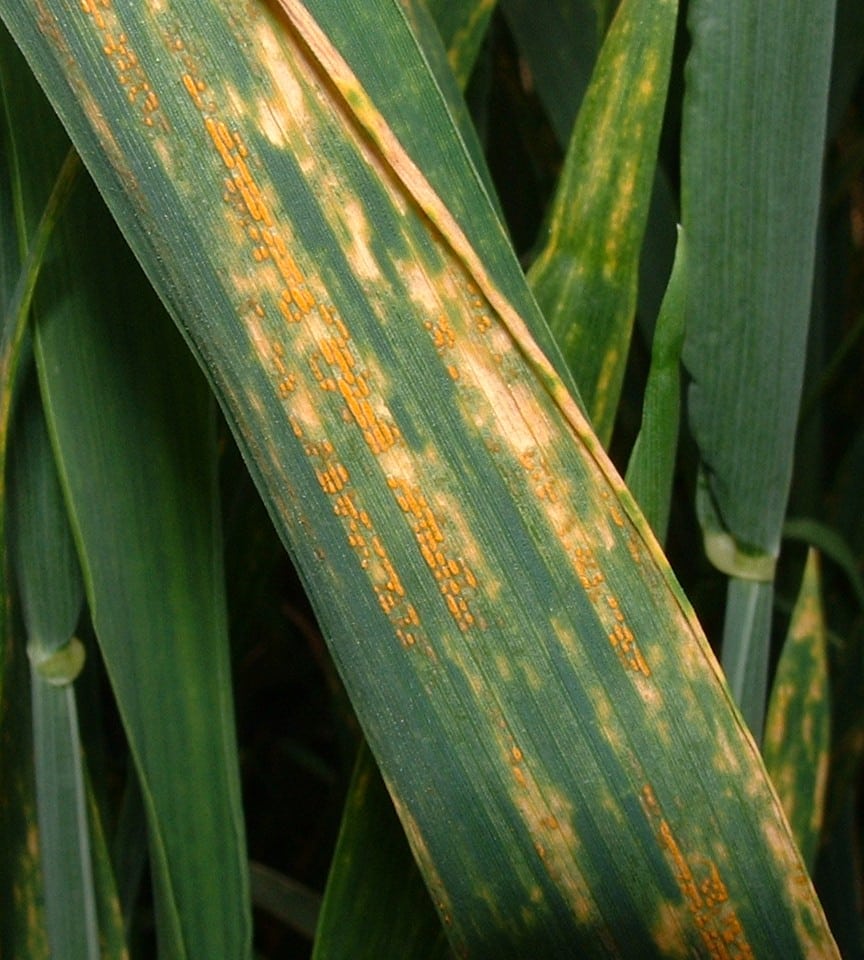CropWatch: T3 spray options and spring barley lodging risk – Farmers Weekly
Farmers Weekly finds out the latest advice from Neil Potts in the West and Ben Pledger in the East ...
T3 spray options and spring barley lodging risk: West - Neil Potts
This year is going to go down as the season that just does not want to play ball. We could have done with a dry spell to help get on top of the extreme septoria pressure, but this has not happened and we have continued to have plenty of septoria events.
It is becoming very evident that a TO has been extremely important this year in giving us a chance at keeping on top of this damaging disease. Crops where inputs have been well timed, whether it be nitrogen applications or fungicides and plant growth regulators, F are now looking respectable, but where applications have been missed or delayed the story is very different.
We are not suffering the rust epidemic that is affecting much of the rest of the country, but we have certainly got pockets where both brown and yellow rust are having their say, as well as septoria. This year may see the demise of Skyfall as a variety on the grounds of increasing susceptibility to yellow rust. It is certainly going to be an interesting harvest. Thankfully, the price of wheat has started to edge upwards, which will in some part make up for what are likely to be disappointing yields. It is a little early to judge which fungicides have performed well this year, but the new offering from Syngenta is looking promising. Nearly all crops will get a T3 this year, as much as a septoria control top up as to control fusarium.
Winter barley
Winter barley crops are, like the wheats, variable, but it looks like there will be some goodish crops. Fungicide programmes have, on the whole, done a good job and crops are looking pretty disease-free as I write.
Spring barley crops are all going to be late, having all been planted in May, but they have not suffered from dry conditions, as in 2023. The crops are looking well and if they were like this in late March or early April, we would be delighted. In the past I have had some very presentable crops from May plantings, but it is very dependent on the weather being onside all the way through the life of the crop. Maize plantings are drawing to a close at the time of writing, and despite some tricky seed-beds, crops have established pretty well with little or no capping, as was experienced by many in 2023. It just remains now for the season to chuck enough heat at us to get this crop ready for harvest at a sensible time in the autumn.
It is my feeling that there has been quite an increase in the maize acreage down here this season, so we will need some favourable conditions in September and October.
East - Ben Pledger
As predicted in the winter, some cereals drilled in the later part of the autumn on heavier land which have sat in wet soil for months are now starting to show signs of stress. Shallower and smaller- than-usual root systems are beginning to struggle to get the nutrition the plants require for the period of rapid biomass production they are in.
As well as letting in brown and yellow rust, even on varieties which gave good scores for the diseases, we are seeing other indicators of stress such as ascochyta and chlorotic spotting, the latter also developing from lower light levels in the crop.
Different varieties are coping better than others, but Champion has been particularly susceptible. Fingers crossed for a change in the weather with a period of sunshine on the wish list.
Spring crops are moving quickly through growth stages, with awns out on spring barleys and ears emerging on early drilled spring oats. Growers have pulled back on total nitrogen applications to spring barley in an effort to keep grain nitrogen down to attract malting premium. Some crops, which re now bigger than expected at drilling, re starting to show a lack of nitrogen in tissue tests. If we weren’t targeting low nitrogen in the grain I’d be applying foliar nitrogen in the form of methylated urea. In this situation pyraclostrobin will be applied along with a fluxapyroxad- based fungicide to the ear. The pyraclostrobin will give the greening effect to the crop to allow for as much photosynthesis as possible, as well as protecting against rust. In addition to disease control, fluxapyroxad will reduce brackling, hopefully, setting the crop up for an easy harvest.
Spring oats will also get an ear- wash based on tebuconazole and pyraclostrobin. The aim is protection against crown rust, as well as utilising the greening effect of the pyraclostrobin to push bushel weights as far as they will go.

